EL SÍNDROME DE ULISES I
Medium Format Analogic Photography.
2014
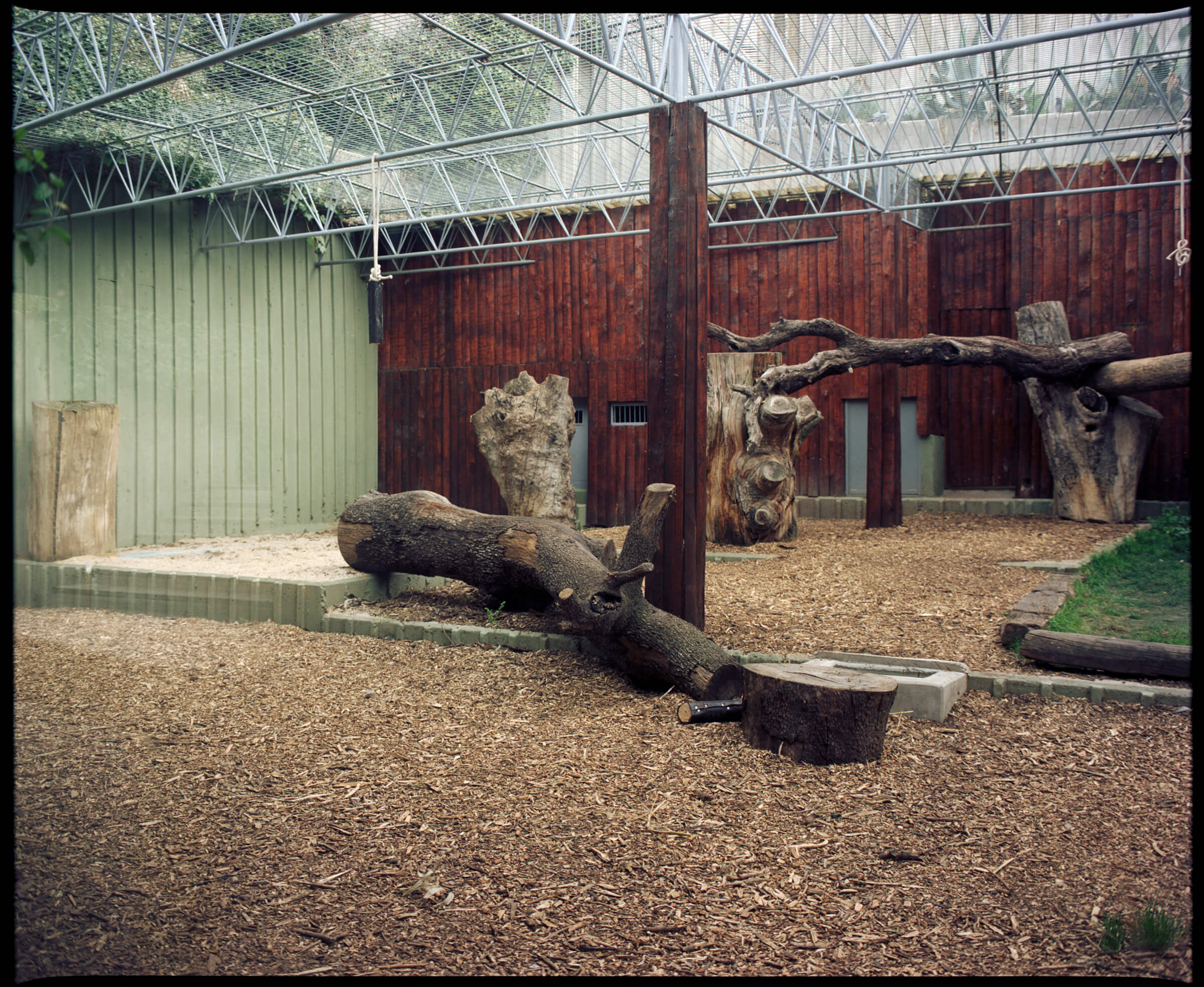

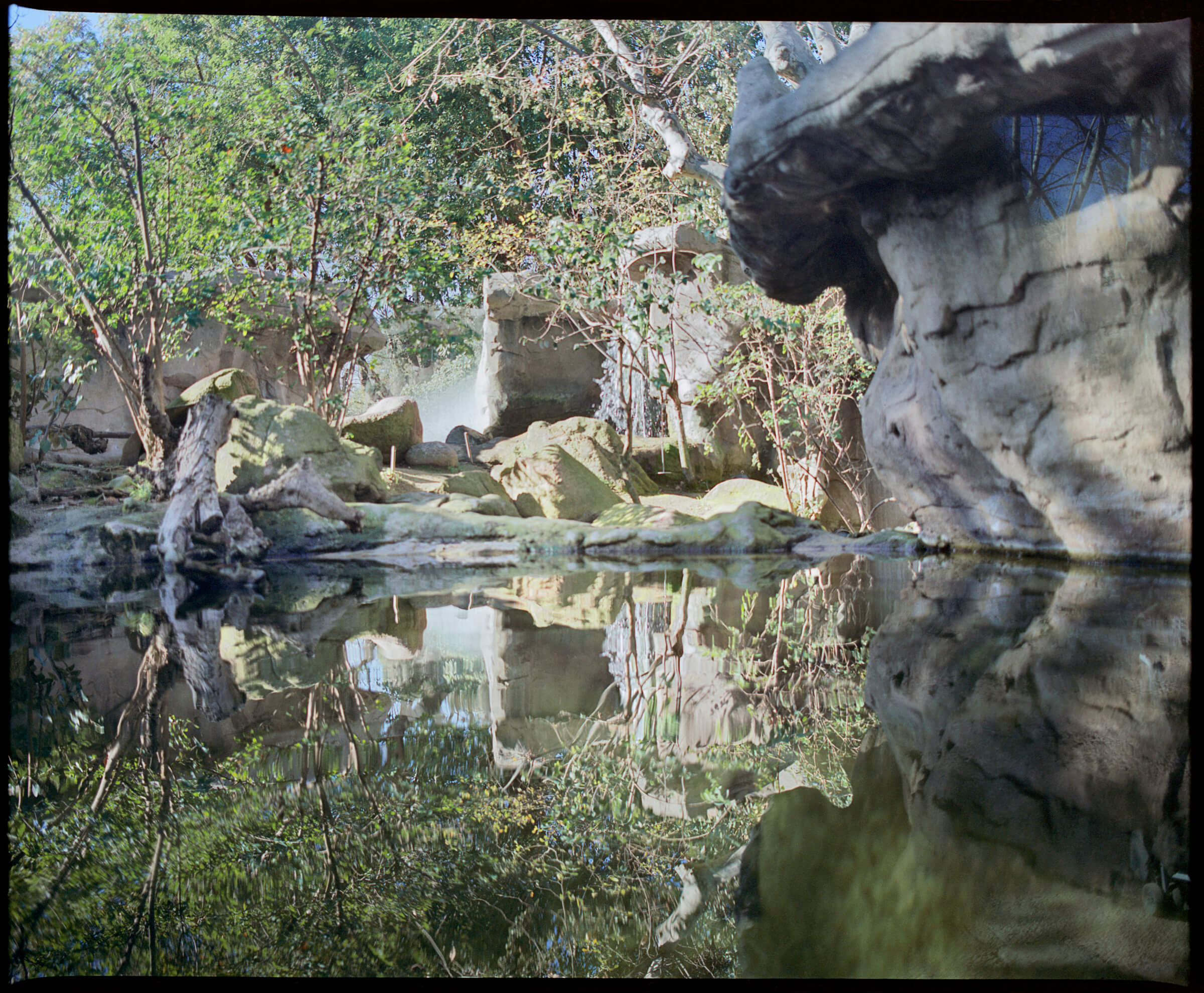



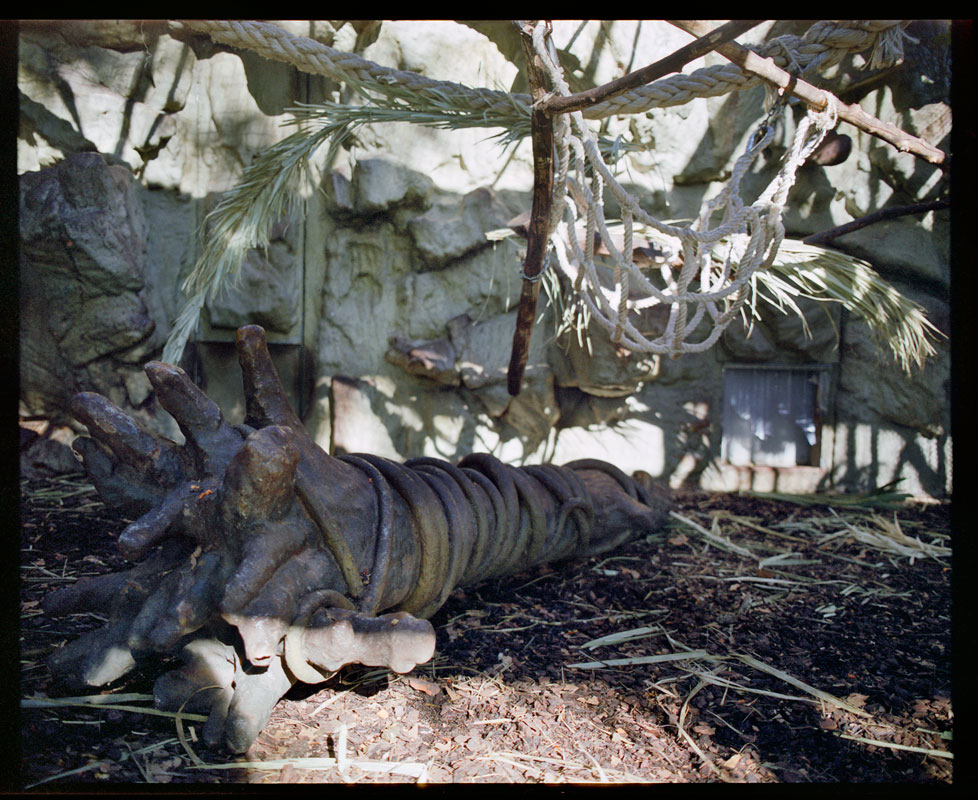






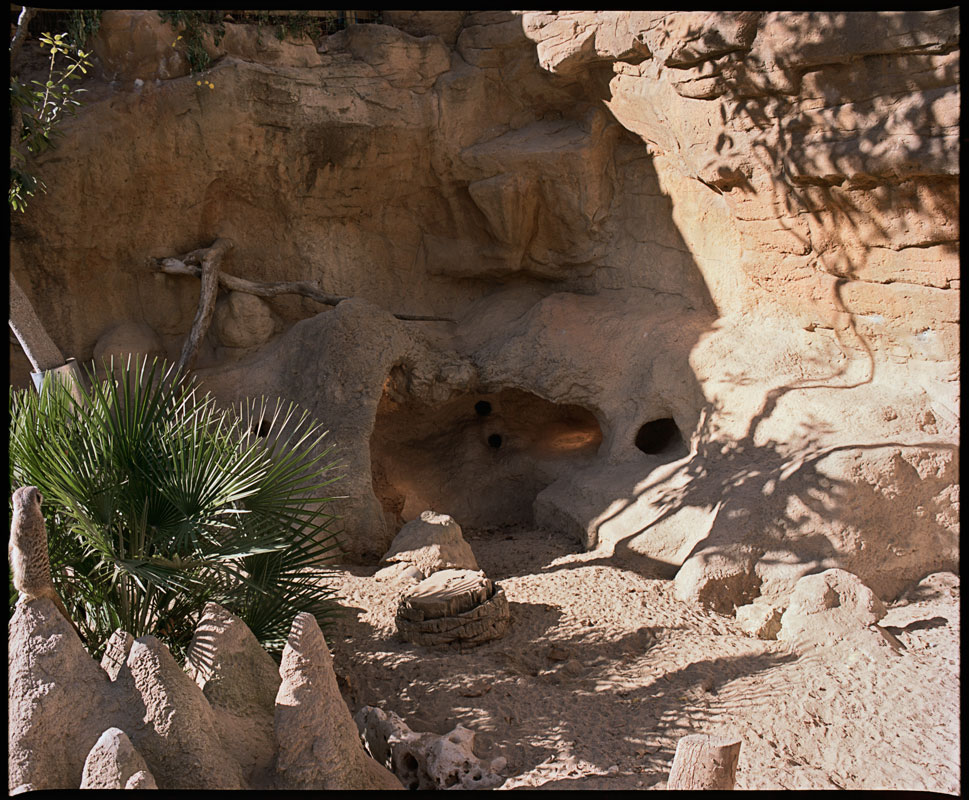
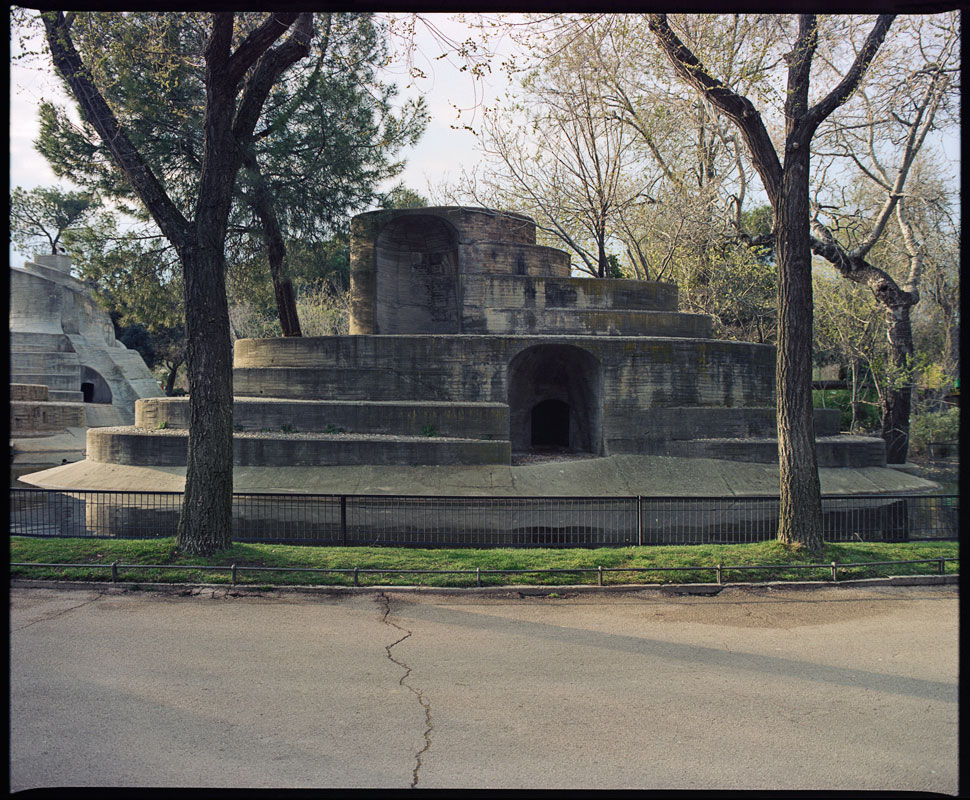
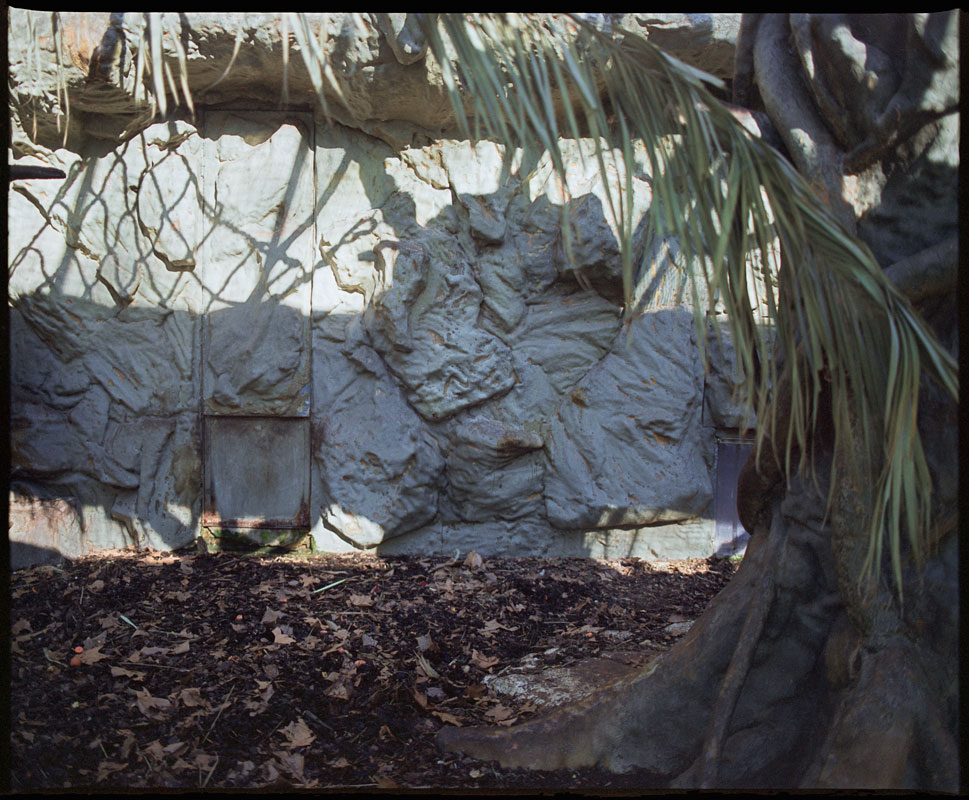


The Ulysses Syndrome is also known as migrant syndrome with multiple chronic stress. The name comes from the mythical hero Odysseus who, lost for many years-ten according to Homer - on his way back to Ithaca, longed for his homeland but was prevented from returning. Four factors are binding: loneliness, internal feelings of failure, feelings of fear and feeling of struggle for survival. In Spain there may be some 800.000 people affected.
It is in the place of arrival where a habitat of forced adaptation is created, either by the receiver in an attempt to create a false “Eden’s Garden", or from the migrated as a response to a survival instinct.
This process causes a series of stereotypes from classifications human and/or space : fake landscapes ,forced environments, microclimates, associations of "species", dioramas, reenactors/recreational spaces ,void, solitude, lies, staticity, artifice ... cardboard. Appropriation of idealized environments. Copy of reality to reach a horror fiction.
In 1822 Louis Daguerre invented a type of rotary display that, using the concepts of the Camera Obscura by Leonardo, invited the viewer to experience a real life scene (eg a thunderstorm). Frank M. Chapman, curator of the American Museum of Natural History in the late nineteenth century, popularized this kind of recreation of a real environment in three dimensions.
In the first part of this research work focused on the search for these recreations of forced environments that directly led me to portray the loneliness, the emptiness of the spaces of zoos and aquariums without its inhabitants.
It is in the place of arrival where a habitat of forced adaptation is created, either by the receiver in an attempt to create a false “Eden’s Garden", or from the migrated as a response to a survival instinct.
This process causes a series of stereotypes from classifications human and/or space : fake landscapes ,forced environments, microclimates, associations of "species", dioramas, reenactors/recreational spaces ,void, solitude, lies, staticity, artifice ... cardboard. Appropriation of idealized environments. Copy of reality to reach a horror fiction.
In 1822 Louis Daguerre invented a type of rotary display that, using the concepts of the Camera Obscura by Leonardo, invited the viewer to experience a real life scene (eg a thunderstorm). Frank M. Chapman, curator of the American Museum of Natural History in the late nineteenth century, popularized this kind of recreation of a real environment in three dimensions.
In the first part of this research work focused on the search for these recreations of forced environments that directly led me to portray the loneliness, the emptiness of the spaces of zoos and aquariums without its inhabitants.
El Síndrome de Ulises es también conocido como síndrome del emigrante con estrés crónico y múltiple. El nombre viene del héroe mítico Ulises el cual, perdido durante muchísimos años -diez según Homero- en su camino de vuelta a Ítaca, añoraba su tierra de origen pero se veía imposibilitado de volver a ella. Cuatro factores son vinculantes: soledad, sentimiento interno de fracaso, sentimiento de miedo y sentimiento de lucha por sobrevivir. En España puede haber unas 800.000 personas afectadas .
Es en el lugar de llegada donde se crea un hábitat de adaptación forzada, bien por parte del receptor en un intento de crear un falso “Jardín del Edén”, bien por parte del emigrado respondiendo a un instinto de supervivencia.
Este proceso provoca una sucesión de estereotipos a partir de clasificaciones humanas y/o espaciales: paisajes mentirosos, entornos forzados, microclimas, agrupaciones por “especies”, dioramas, espacios recreadores/recreativos, vacío, soledad, mentiras, estaticidad, artificio… cartón-pluma. Apropiación de entornos idealizados. Copia de la realidad para llegar a una ficción terrorífica.
En 1822 Louis Daguerre acuñó el término diorama para un tipo de display rotativo que, utilizando los conceptos de la Cámara Oscura de Leonardo , invitaba al espectador a experimentar una escena de la vida real (por ejemplo, una tormenta). Frank M. Chapman, curador del Museo Americano de Historia Natural a finales del siglo XIX, hizo popular este tipo de recreaciones de un entorno real en tres dimensiones.
En la primera parte de este trabajo la investigación se centró en la búsqueda de estas recreaciones de entornos forzados que directamente me llevaron a retratar la soledad, el vacío de los espacios de los zoos y los acuarios sin sus habitantes.
Es en el lugar de llegada donde se crea un hábitat de adaptación forzada, bien por parte del receptor en un intento de crear un falso “Jardín del Edén”, bien por parte del emigrado respondiendo a un instinto de supervivencia.
Este proceso provoca una sucesión de estereotipos a partir de clasificaciones humanas y/o espaciales: paisajes mentirosos, entornos forzados, microclimas, agrupaciones por “especies”, dioramas, espacios recreadores/recreativos, vacío, soledad, mentiras, estaticidad, artificio… cartón-pluma. Apropiación de entornos idealizados. Copia de la realidad para llegar a una ficción terrorífica.
En 1822 Louis Daguerre acuñó el término diorama para un tipo de display rotativo que, utilizando los conceptos de la Cámara Oscura de Leonardo , invitaba al espectador a experimentar una escena de la vida real (por ejemplo, una tormenta). Frank M. Chapman, curador del Museo Americano de Historia Natural a finales del siglo XIX, hizo popular este tipo de recreaciones de un entorno real en tres dimensiones.
En la primera parte de este trabajo la investigación se centró en la búsqueda de estas recreaciones de entornos forzados que directamente me llevaron a retratar la soledad, el vacío de los espacios de los zoos y los acuarios sin sus habitantes.